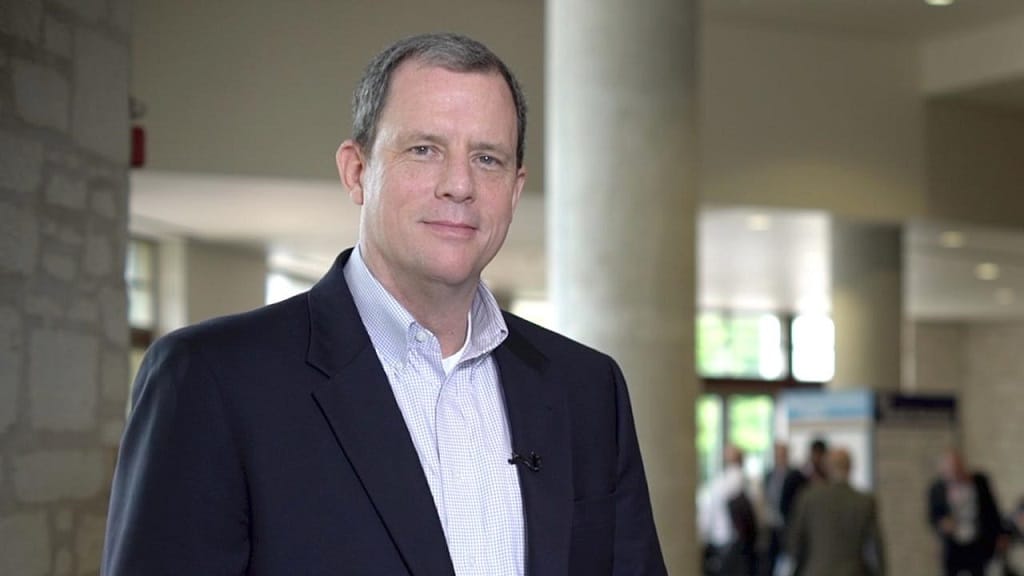STL Announces Technology Advisory Council to Advance Wireless and Open Networking
Founded in India in 1988, STL has expanded far beyond its historical focus on fiber optics.
Benjamin Kahn

June 11, 2021 — STL, the broadband industry integrator of digital networks, announced steps to advance its wireless networking and open networking capabilities through the launch of its Technology Advisory Council for its Access Solutions business.
Founded in India in 1988, STL has expanded far beyond its historical focus on fiber optics for connectivity. For example, the company’s expansion into wireless technologies, with an emphasis on 5G and open radio access networks, brings digital network solutions for telecommunications companies, cloud companies, public citizen networks as well as enterprise customers.
The Technology Advisory Council is designed to implement systems that will provide superior customer service, research and development. STL announced June 2 that it had appointed Hank Kafka, Guy Lupo and John Medamana as experts in open radio access networks, software networking, and passive optical networks to the council.
“The council is a way of getting sage advice from people who’ve been there and done that,” said Chris Rice, the new CEO of STL’s Access Solutions division. He said that the council would provide the perspective of potential clients.
Rice, a 25-year veteran of AT&T, and joined STL in March. In this position, he is tasked with addressing issues related to open RAN and 5G networks and deployment.
Open RAN, 5G networks, and sustainable deployment
In an interview with Broadband Breakfast, Rice spoke about STL’s view of the future of 5G and open radio access networks: “Open RAN and 5G are going to be key areas that we participate in and want to center our products around.”
STL wants to complement existing entities in the sector, such as Mavenir, and serve as a scaled radio supplied to the existing network of companies producing radio and CPU baseband units, Rice said.
Rice’s vision is for STL to form the basis of a third-party ecosystem. STL wants to be a part of the movement for disaggregation, in an effort to increase competition and allow consumers to pick and choose the best-in-class applications and hardware for their various needs.
In addition to disaggregation, Rice emphasized sustainability.
STL approaches the subject from a dual-pronged perspective, he said. Under the classic view of sustainability, even though STL contracts out much of the physical production, STL requires sustainability plans by those contractors.
Additionally, there is a “sustainability adjacent” perspective beginning with product design. “We’re trying to differentiate [our products] on things like size, cost, power deployability and maintainability,” he said, “That’s less strain on the grid—it’s that much better. If a product is smaller size and it takes up less space, it does not require as much effort to go put it in place.”
Current standards for broadband, globally, are not sustainable for modern consumers’ needs, he said. The pandemic highlighted how insufficient current broadband standards are. Rice said STL supports initiatives designed to raise the standard of broadband.
“The reality is [that standards should increase] with time and increase with technologies created,” he said.
Adjustable standards that account for new technology and innovations, such as 5G and open RAN, will ultimately encourage greater growth and competition, Rice said.
STL is a sponsor of Broadband Breakfast.









Member discussion